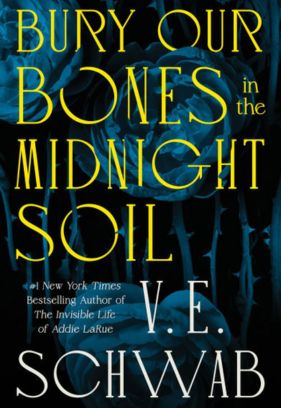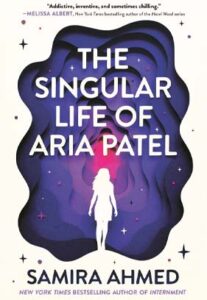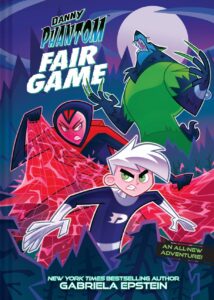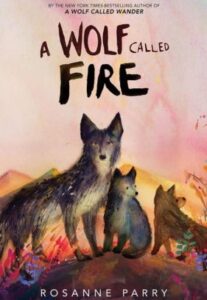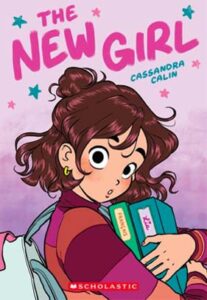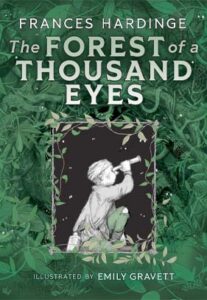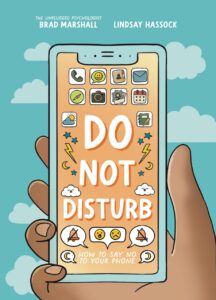“Bury my bones in the midnight soil,
plant them shallow but water them deep,
and in my place will grow a feral rose,
soft red petals hiding sharp white teeth.”
We all know at least something about the word vampire. But in 1521, it isn’t a thing that the beautiful and fiery-haired Maria cares much about. She simply knows that she wants more than a woman’s life has to offer.
She’s able to use her beauty to rise above her family’s humble standing. But even her marriage to a viscount leaves her as little more than prey in a prettier skirt.
But then Maria meets a strange woman who offers her more than just a way to endure a husband’s harsh sexual visits; she offers Maria a way out. And Maria, now called Sabine, gulps down every drop of it she can.
In 2019, Alice is a young college student who tends to hang back in the shadows. She’s a nervous sort who doesn’t make waves or, for that matter, leave an impression. But then she spots a violet-haired girl at a college party. This young woman smells of wet earth, wrought iron and raw sugar. And she sweeps Alice off her feet.
After a quick night of unexpectedly rough and torrid sex. Alice wakes up in her dorm room to find nothing but a note from this elusive lover. No, wait. She also discovers one other thing: She no longer has a heartbeat.
In 1827, 19-year-old Charlotte is actually quite satisfied with her life on her parents’ estate of Clement Hall. But she gets shipped off to London after her brother catches her and her best friend sharing much more than a chaste kiss in the garden.
Charlotte’s life goes from running free on her family’s rolling grounds to preparing for debutante balls: learning of proper manners, flowing gowns and breath-crushing corsets.
Then Charlotte meets a beautiful widow who slowly draws her attention away from the idea of dancing with awkward young boys with sweaty hands. She introduces her to the love of a woman and the power … of a god.
The paths of all three of these alluring women will link at some point in the course of 500 years. But truthfully, hours, days and years no longer matter to any of them. And like a thorny vine, their hunger and desire, their longing and rage, will all intertwine and clash.
For they are feral roses grown from the same patch of midnight soil. And their soft petals hide sharp and dangerous teeth.



